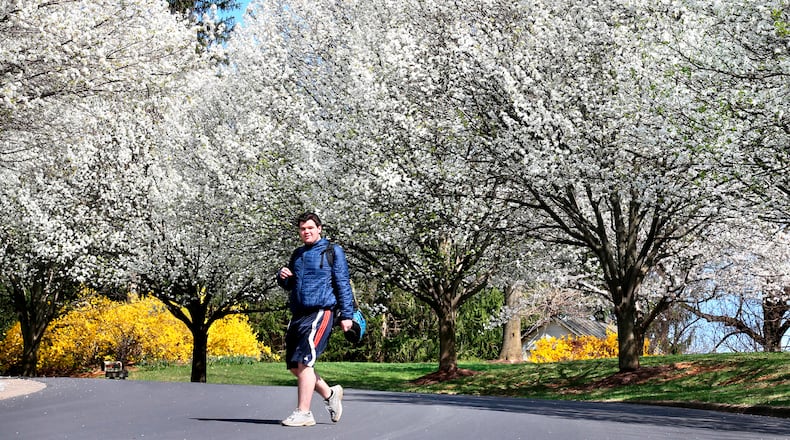They were added to the ODNR invasive species lists in 2018, and landscapers, growers and nurseries were given five years’ warning before the ban took effect.
ODNR Division of Forestry Chief Dan Balser said, “Callery pear often dominates young, regenerating forest areas and inhibits the growth and establishment of native plant species. Halting the further sale and intentional propagation of Callery pear will help reduce the further introduction of this environmentally harmful tree species.”
Their spread is most visible in the spring, when their white blooms are seen in abandoned fields, along highways and in wooded areas, as well as on neighborhood streets.
“You’ll see it a lot of times in a vacant lot that maybe was disturbed by construction and then left sitting. And then you can see thousands of pear seedlings coming up and they really just take over,” said Dan Kenny, Ohio Department of Agriculture chief of the division of plant health in 2022.
The ban doesn’t require existing pear trees to be removed, but the ODNR Division of Forestry encourages people to remove or control Callery pear trees.
A similar ban is set to go into effect in South Carolina in 2024.
Callery pears were introduced to North America in the early 1900s for agricultural use, the ODNR said, and later grew in popularity as an ornamental tree.
However, then the trees began spreading from where they were planted, and had a few additional problems like a tendency for their branches to split, especially among the Bradford variety.
“It is part of the reason why folks aren’t too upset to see them go, because they do have some structural problems as they get bigger,” Kenny said.
About the Author

